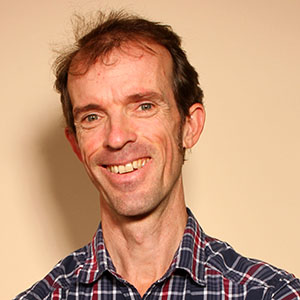Since the mid 1970s, cancer has been described as a process of Darwinian evolution, with somatic cellular selection and evolution being the fundamental processes leading to malignancy and its many manifestations (neoangiogenesis, evasion of the immune system, metastasis, and resistance to therapies). Historically, little attention has been placed on applications of evolutionary biology to understanding and controlling neoplastic progression and to prevent therapeutic failures. This is now beginning to change, and there is a growing international interest in the interface between cancer and evolutionary biology. The objective of this introduction is first to describe the basic ideas and concepts linking evolutionary biology to cancer. We then present four major fronts where the evolutionary perspective is most developed, namely laboratory and clinical models, mathematical models, databases, and techniques and assays. Finally, we discuss several of the most promising challenges and future prospects in this interdisciplinary research direction in the war against cancer.
Applying ecological and evolutionary theory to cancer: a long and winding road
Thomas, F.; Fisher, D.; Fort, P.; Marie, J. P.; Daoust, S.; Roche, B.; Grunau, C.; Cosseau, C.; Mitta, G.; Baghdiguian, S.; Rousset, F.; Lassus, P.; Assenat, E.; Gregoire, D.; Misse, D.; Lorz, A.; Billy, F.; Vainchenker, W.; Delhommeau, F.; Koscielny, S.; Itzykson, R.; Tang, R.; Fava, F.; Ballesta, A.; Lepoutre, T.; Krasinska, L.; Dulic, V.; Raynaud, P.; Blache, P.; Quittau-Prevostel, C.; Vignal, E.; Trauchessec, H.; Perthame, B.; Clairambault, J.; Volpert, V.; Solary, E.; Hibner, U.; Hochberg, M. E.
2013
Evol Appl
2013-01 / vol 6 / pages 1-10
Abstract
10.1111/eva.12021
1752-4571 (Electronic) 1752-4571 (Linking)
IGMM team(s) involved in this publication

